Hideko Mano, who fused “beauty and kimono” and devoted herself to its popularization. She was fascinated by the world of Heizo Tatsumura’s textiles and commissioned him to create many obis and kimonos.
The Hideko Mano Kimono Gallery, which opened in July 2023, houses 12 kimonos that were commissioned by Heizo Tatsumura, as well as many other kimonos created by Heizo Tatsumura. The gallery’s theme is “Beauty and Kimono,” which allows visitors to feel the achievements of Hideko Mano, who has touched and created many kimonos, and the development of beauty culture through kimonos. This article introduces Hideko Mano, her fascination with the world of Heizo Tatsumura, and the “Hideko Mano Kimono Gallery,” where visitors can view her numerous works.
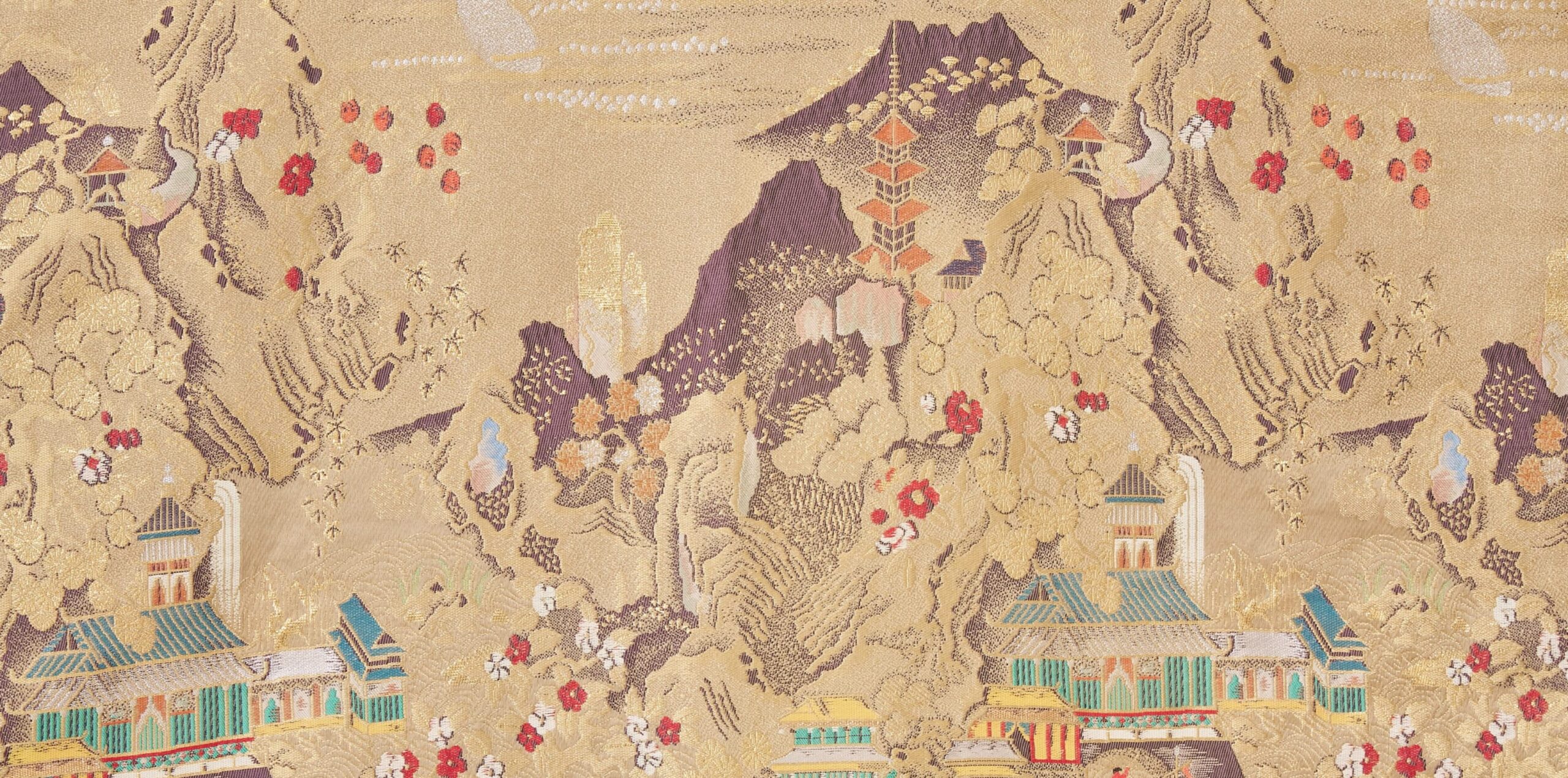
About Hideko Mano
Hideko Mano has devoted her life to the promotion and development of beauty. She has not only evolved foreign beauty techniques into her own, but has also introduced her own unique beauty techniques and expressions to the rest of the world and fused them with many kimonos. It is said that her sensitivity, knowledge, and originality played a major role in this, and influenced many hairstyles and kimono creations.
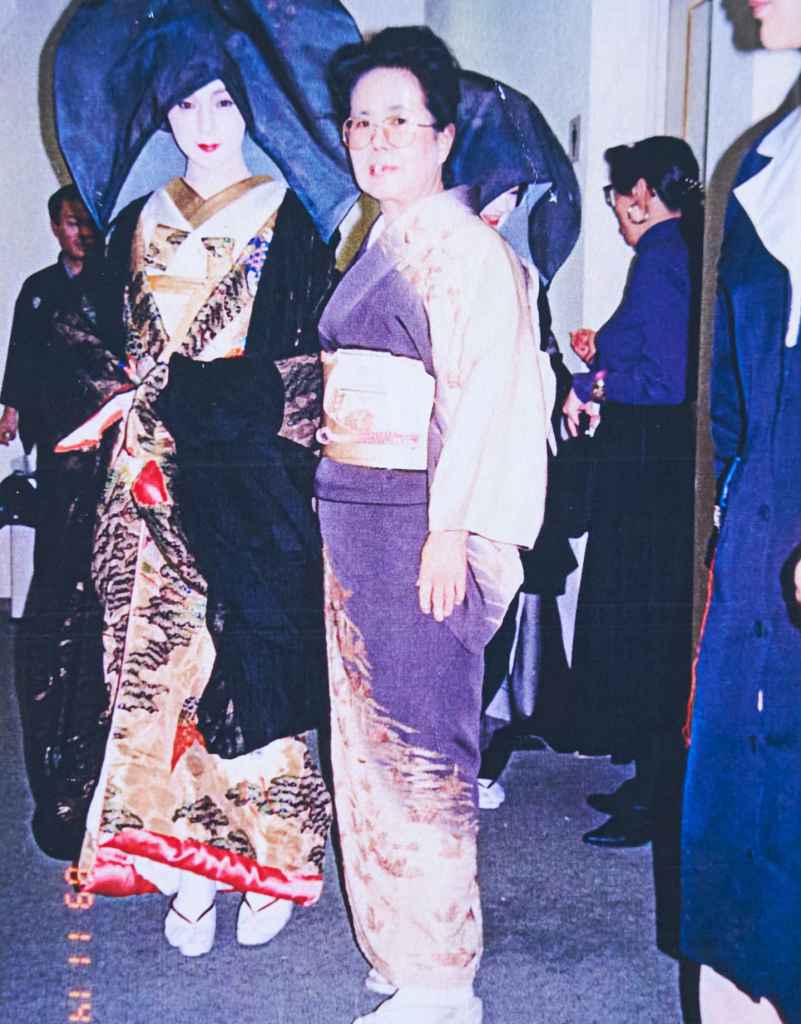
The more one learns about Hideko Mano’s world of expression, the more one realizes that she believed that beauty and the kimono are inseparable, and that the kimono is a culture that Japan can be proud of to the world.
The Artistic World of Heizo Tatsumura
Heizo Tatsumura contributed to the development of Japanese textile culture and paved the way for the creation of art textiles, which are also considered an art form. Heizo Tatsumura is often focused on the artistic expression of obi, but his weaving and expression techniques are also utilized in the creation of kimonos.
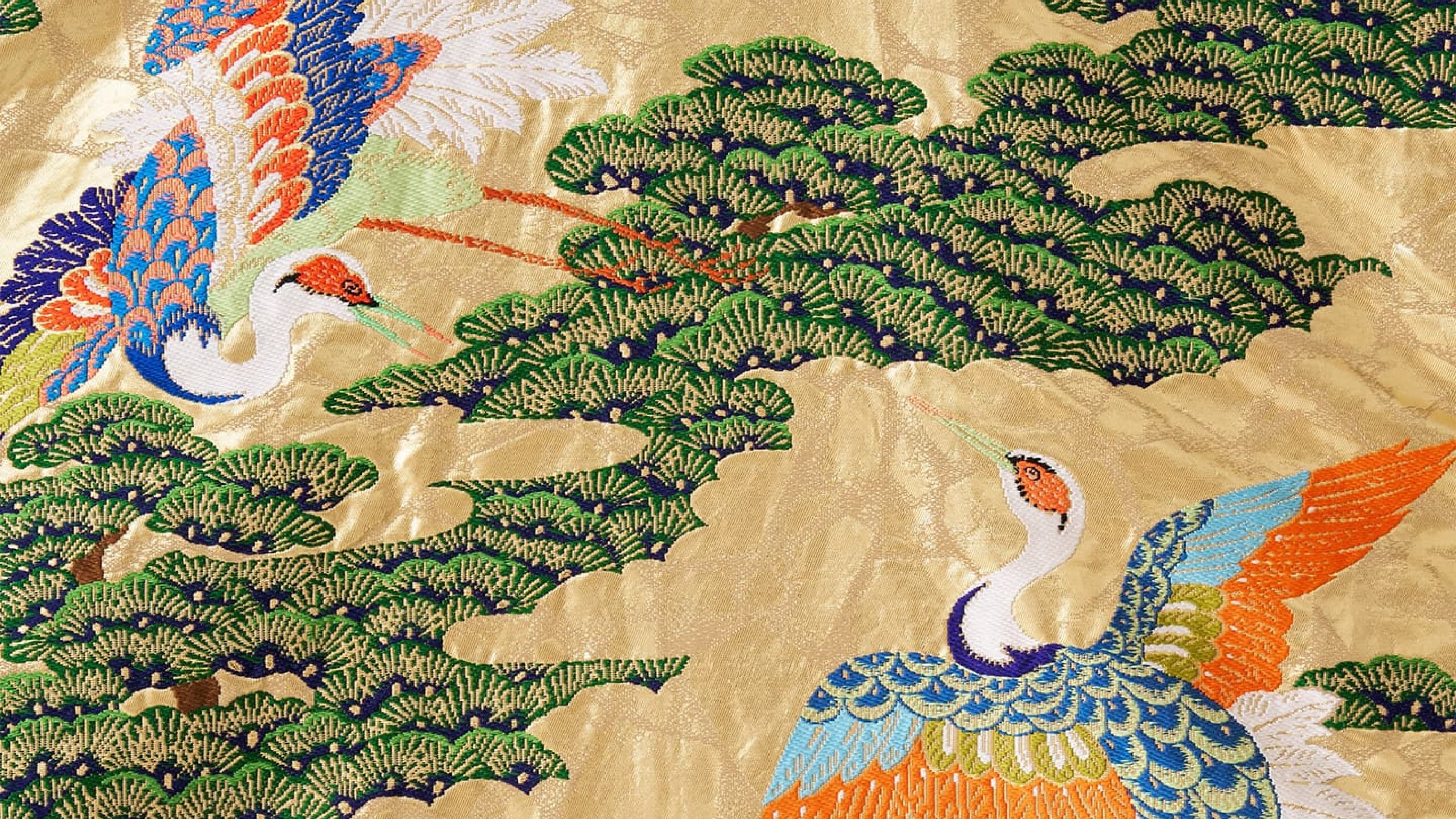
Hideko Mano was fascinated by Heizo Tatsumura’s sister artist’s worldview and commissioned him to create obis and kimonos. The 12 kimonos completed in this exhibition are more than enough to showcase the techniques and skills of Heizo Tatsumura.
Highlights of “Eiko Mano Kimono Gallery
Hideko Mano is known for her numerous commissions and collections of kimonos. The gallery holds and exhibits a large number of kimonos, such as round belts and uchikake, commissioned by Heizo Tatsumura.
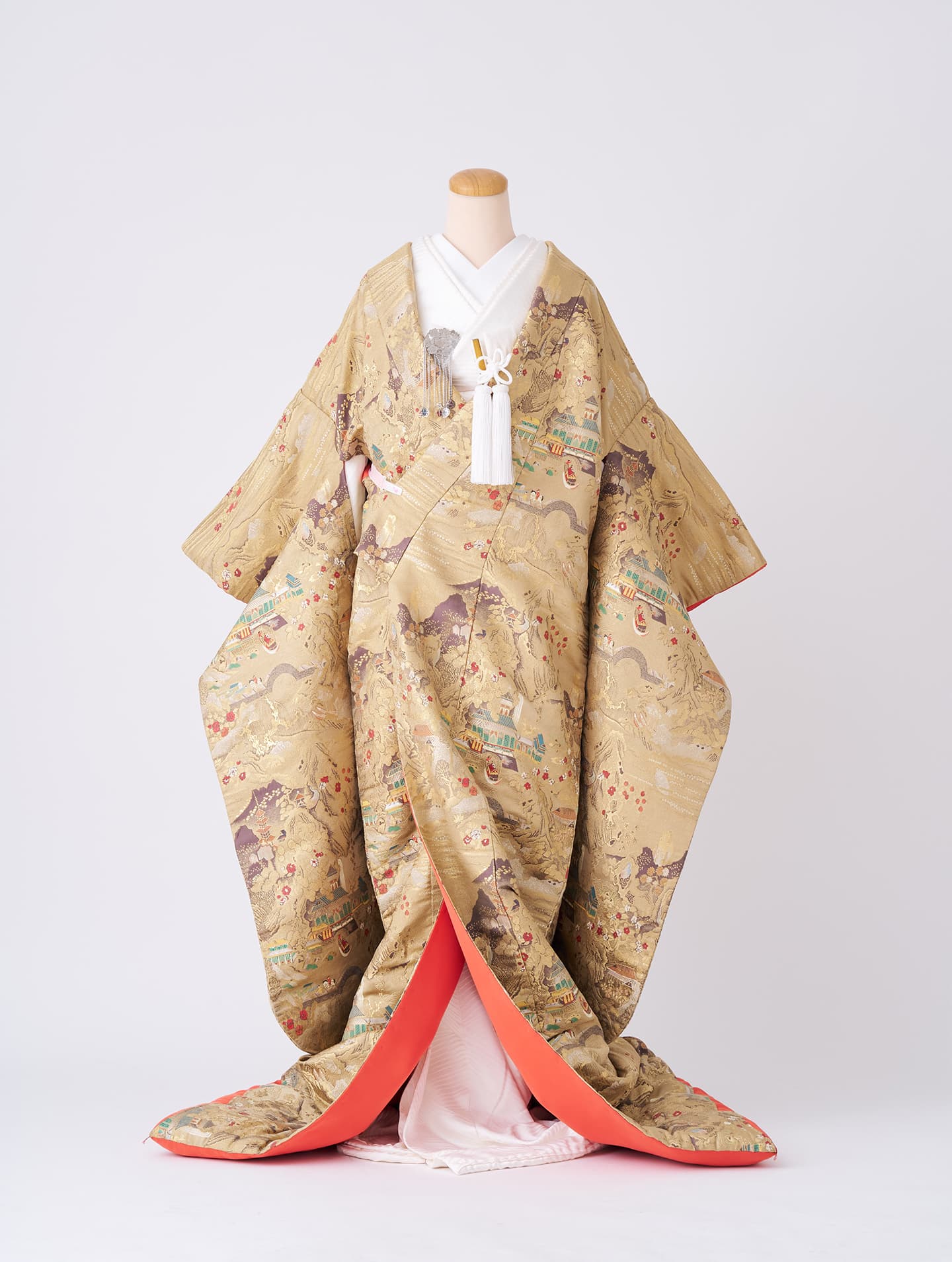
【The gallery’s collection includes a large number of round belts and uchikake, mainly commissioned by Heizo Tatsumura I.】
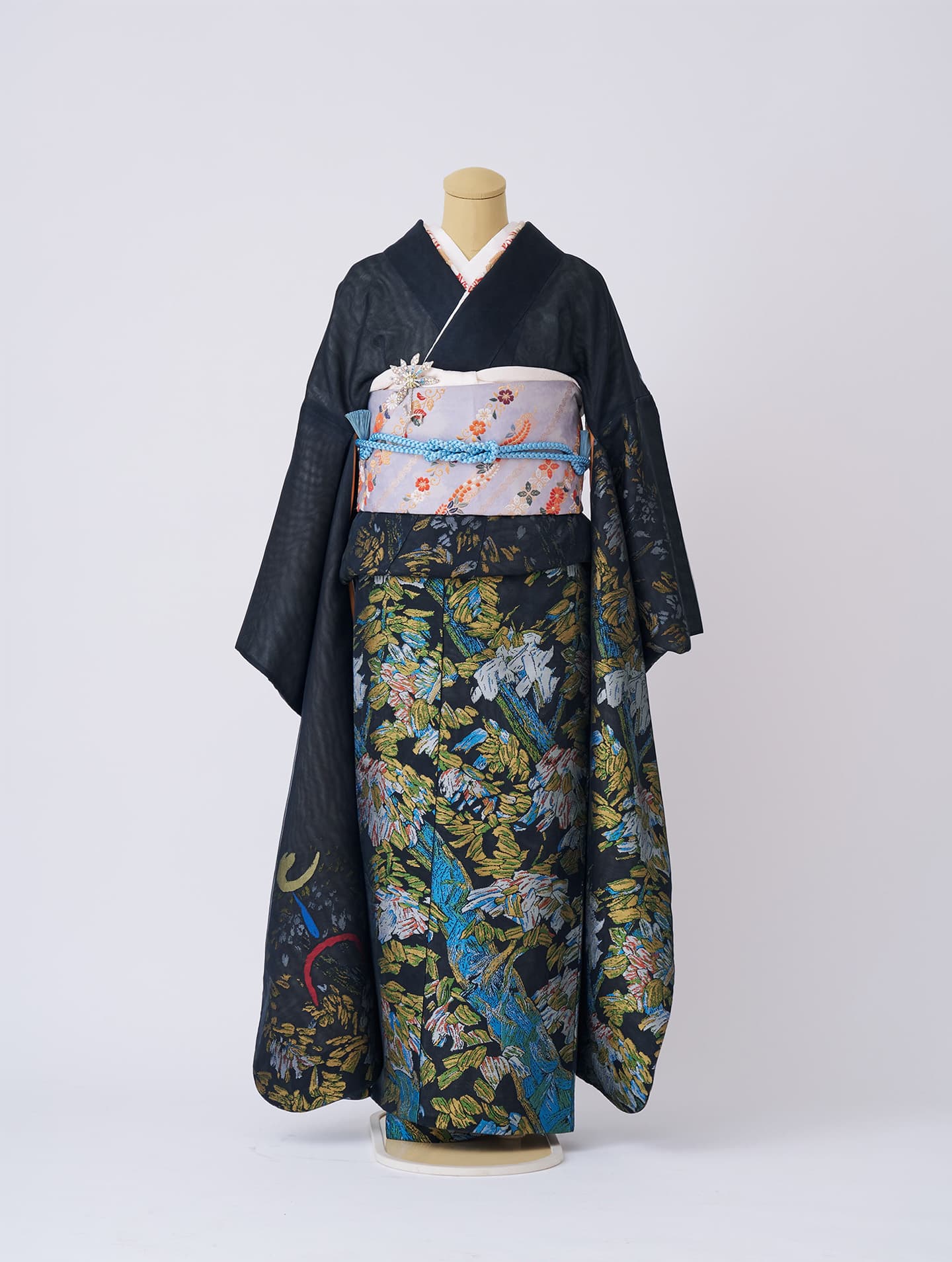
【Furisode (long-sleeved kimono), “Ovelle’s Mound of Kusamura,” with creative use of color on gauze ground.】
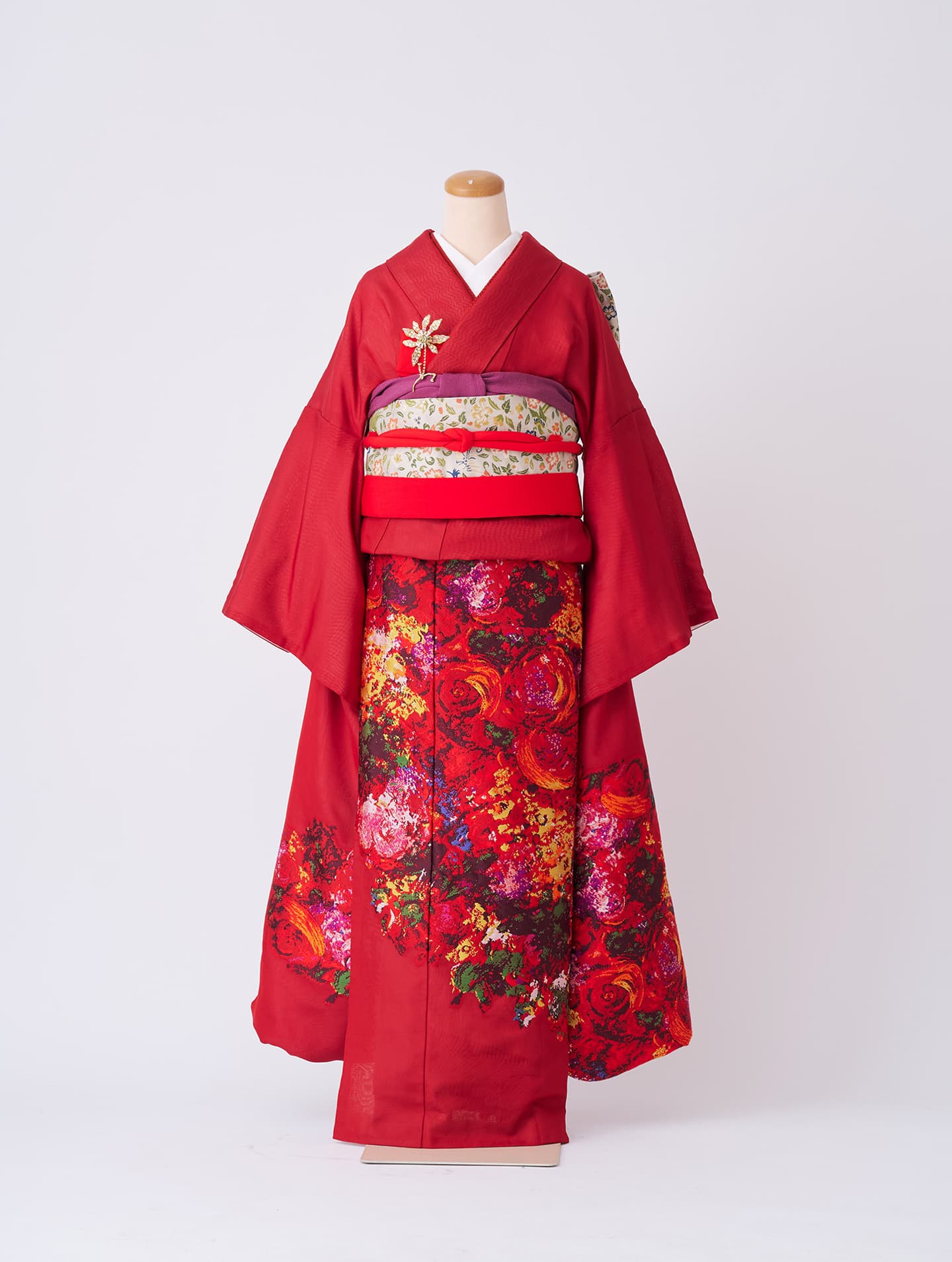
【Furisode (long-sleeved kimono): “Flower of Vitebsk”, a beautifully woven kimono with a variety of colorful threads and a fiery rhyme on gauze ground】
https://manokimono.jp/tatsumuraheizo-collection/
You can see these and other innovative works up close and personal.
Tatsumura Bijutsu Orimono President and Representative Director Iku Tatsumura says of the opening of the “Hideko Mano Kimono Gallery”: “We are very pleased to have this opportunity to showcase the work of Hideko Mano and her collections.
「When she was a young woman, she and her mother passed by a kimono store and saw one of our round obi belts, “National Treasure: Higurashi-mon Makie Nishiki,” and she told us that she wanted to use it one day as a Uchikake (a type of Japanese formal wear). After working on that piece, he went on to produce numerous works. I received a great deal of guidance from him when I created my last work, “Vitebsk’s Flower,” and I still remember it when I create new works, and it has become a guideline for me. Please come and see his “masterpieces of art,” which transcend the realm of kimono (uchikake and furisode), up close and personal.”」
The Hideko Mano Kimono Gallery is a space where creative ideas and techniques, linked by the theme of “beauty and kimono,” speak to us through textiles. Please fully enjoy the world view envisioned by Hideko Mano, who contributed to the development of the Japanese beauty industry, and Heizo Tatsumura, who contributed to the development of Japanese textile culture.
●Location
2-24-20, Higashi, Kunitachi-shi, Tokyo 186-0002, Japan
●Access
・By train
JR Chuo Line: 10 minutes walk from Kunitachi Station (South Exit)
JR Nambu Line: About 10 minutes walk from Yaho Station (North Exit)
・By car
The gallery does not have its own parking lot. Please use coin-operated parking lots in the area.
●For inquiries about the gallery, please contact us using the form on our website (https://manokimono.jp/contact/)
●Opening hours: 10:00 – 16:00 (https://manokimono.jp/access/)
●Website:https://manokimono.jp/